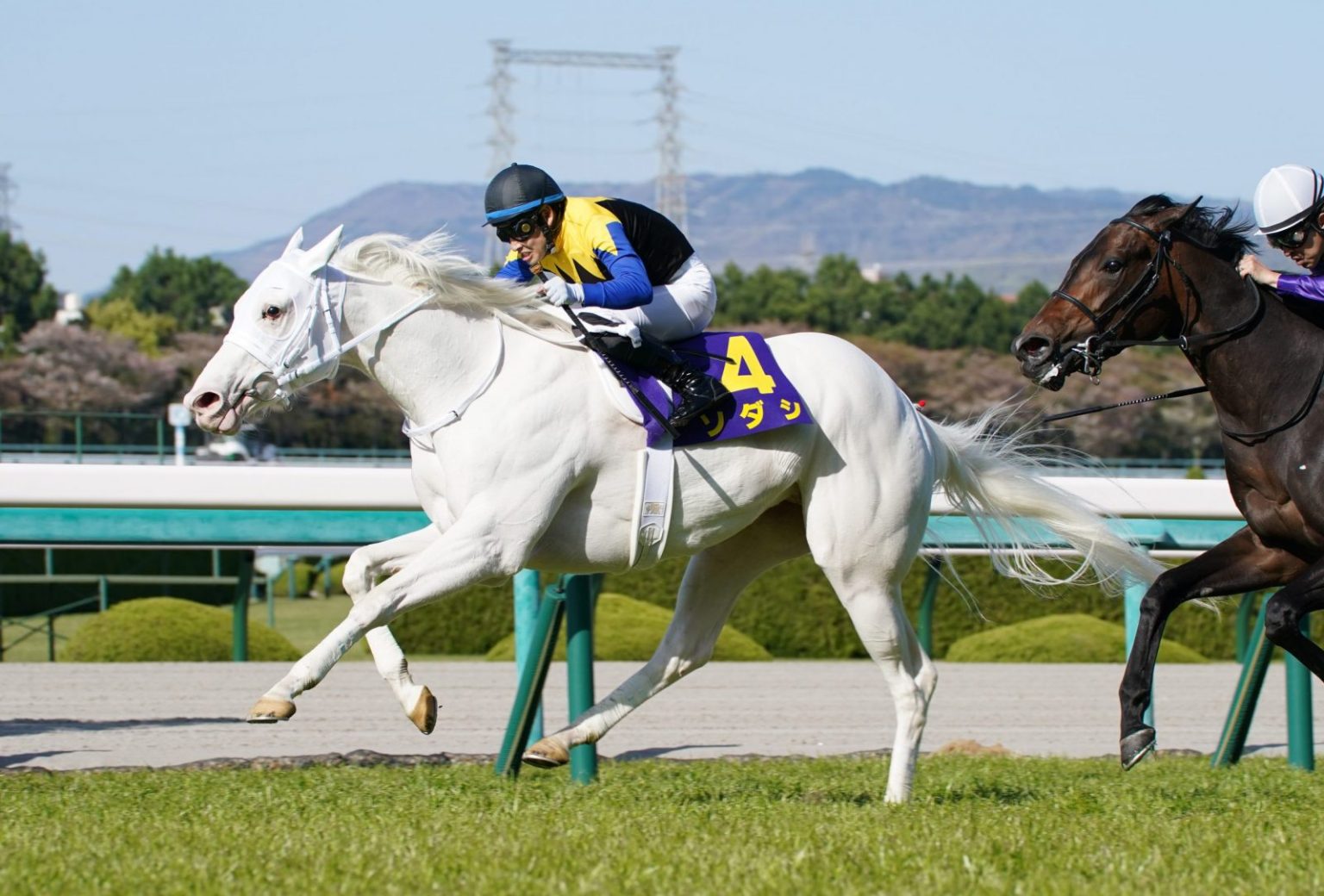Horse racing has long been one of the most popular and thrilling sports for bettors around the world. While the excitement of the race is a major draw, it’s the potential for financial reward that truly fuels interest. Central to understanding and succeeding in horse race betting is the concept of betting odds. In this article, we explore the role of horse racing betting odds strategy and payouts, offering insight into how they influence both risk and reward.
Understanding Betting Odds
Betting odds in horse racing represent the probability of a horse winning a race, as estimated by bookmakers or betting markets. Odds can be displayed in various formats such as fractional (5/1), decimal (6.00), or moneyline (+500), depending on the region.
The lower the odds, the higher the perceived chance of a horse winning — but the smaller the payout. Conversely, longer odds imply a lower chance of winning but offer a much higher return. This dynamic plays a critical role in how bettors plan their strategies.
Crafting a Betting Strategy Based on Odds
When developing a strategy, savvy bettors use odds not just to pick winners, but to find value. A horse may be a strong contender, but if the odds are too short, the potential payout may not justify the risk.
For example, if a horse is priced at 2/5, you’d need to wager $5 just to make a $2 profit. However, a horse at 10/1 offers a $10 return for every $1 bet, which might be worth the risk if the horse shows strong past performance or favorable track conditions. Here, the role of betting odds in horse racing strategy and payouts becomes clear — successful betting is not just about picking winners, but about balancing risk and reward.
Payout Structures and What They Mean
Horse racing offers various types of bets — win, place, show, exacta, trifecta, and more. Each comes with its own payout structure, heavily influenced by the odds. A winning bet on a favorite may yield a modest return, but exotic bets involving longshots can lead to massive payouts.
For instance, hitting a trifecta with horses priced at long odds can result in life-changing sums, especially in major races like the Kentucky Derby. Again, the role of betting odds in horse racing strategy and payouts plays a central part in how bettors choose their bet types and construct multi-horse tickets.
Using Odds to Gauge Market Sentiment
Betting odds also reflect market sentiment. When odds shift dramatically before a race, it often indicates insider confidence or emerging information about a horse’s condition, jockey changes, or track preference. Smart bettors pay close attention to these movements and adjust their strategies accordingly.
Monitoring odds fluctuations is a strategic tool in itself, reinforcing the role of betting odds in horse racing strategy and payouts as not just a measure of probability, but a real-time indicator of market intelligence.
Final Thoughts
In the world of horse racing, betting odds are more than numbers — they are a vital part of the strategic and financial puzzle. Understanding the role of betting odds in horse racing strategy and payouts helps bettors make informed decisions, manage risk, and potentially increase their returns. Whether you’re a novice or seasoned bettor, knowing how to read and leverage odds can make all the difference at the track or the sportsbook.

